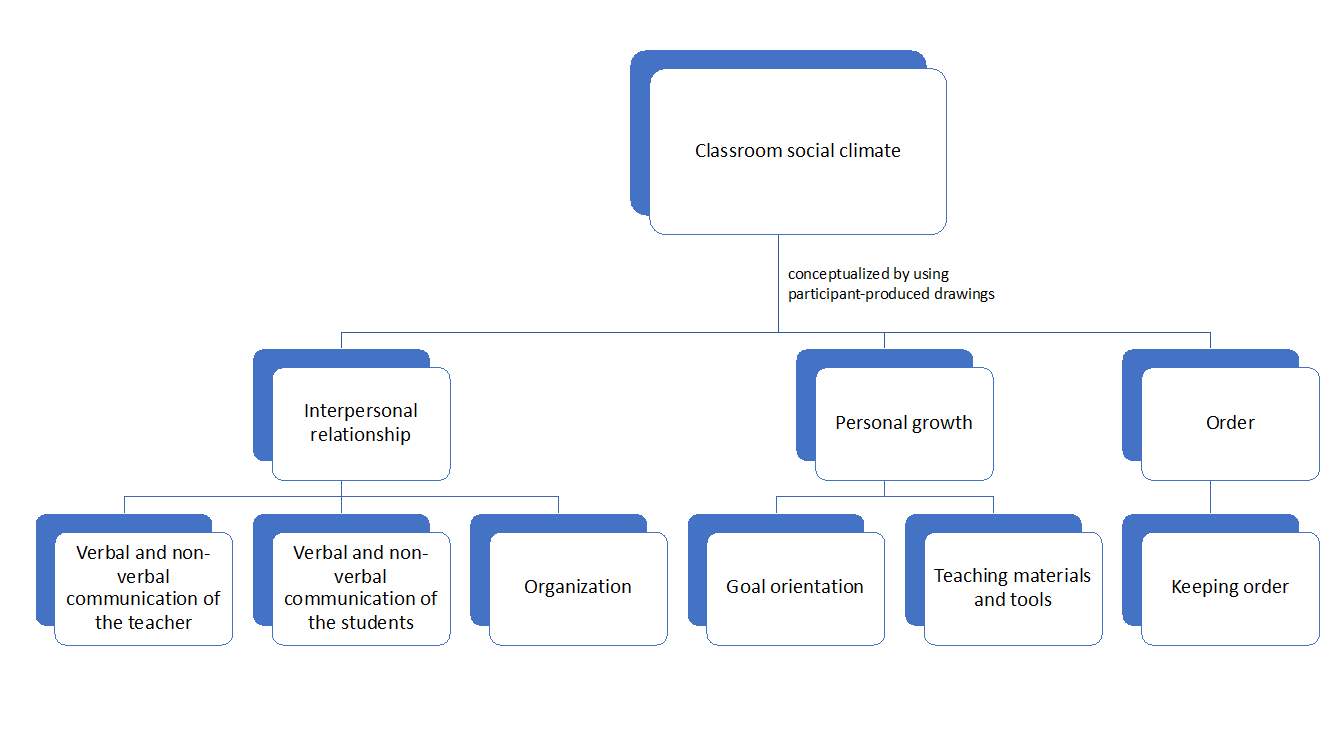Drawing out classroom social climate: The use of participant-produced drawings in research on psychosocial classroom learning environment in the context of school mathematics
DOI:
https://doi.org/10.31129/LUMAT.9.1.1624Keywords:
classroom social climate, analytical tool, participant-produced drawings, primary education, mathematicsAbstract
Over the last twenty years, visual methods in childhood research have become more mainstream across social science research. Through this paradigm shift, children became active agents in the research process. Participant-produced drawings in particular allow a constructive process of thinking in action, rather than seeing drawings as simple representations of the participants’ worldviews. In this paper, we use participant-produced drawings as a window into students’ perceptions of the mathematics classroom learning milieu from a social perspective. The goals of this report are threefold: (1) to conceptualize the complex and multifaceted construct of classroom social climate from the standpoint of primary grade students by using a qualitative research approach (i.e., participant-produced drawings), (2) to evaluate the extent to which participant-produced drawings can be used when researching the construct of classroom social climate, and (3) to provide two analytical tools that can be used in qualitative inquiry on classroom social climate in different mathematics lessons. To conclude, versatile recommendations for theory and practice are discussed regarding the employed methodology (i.e., participant-produced drawings as a visual research method) as well as some possible future directions.

Downloads
Additional Files
Published
How to Cite
Issue
Section
License
Copyright (c) 2021 Ana Kuzle, Dubravka Glasnović Gracin

This work is licensed under a Creative Commons Attribution 4.0 International License.









